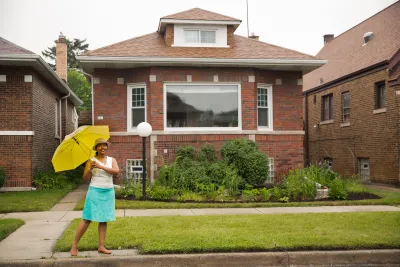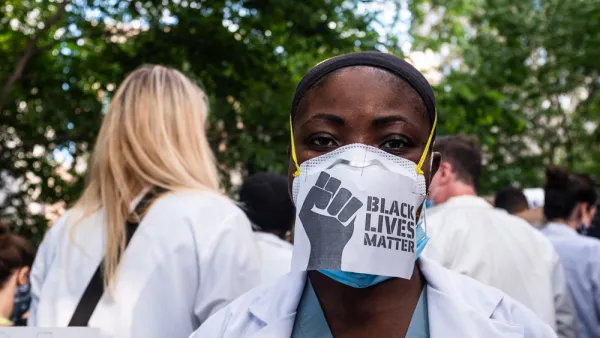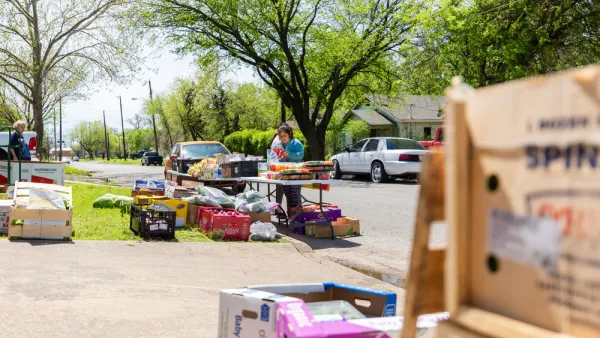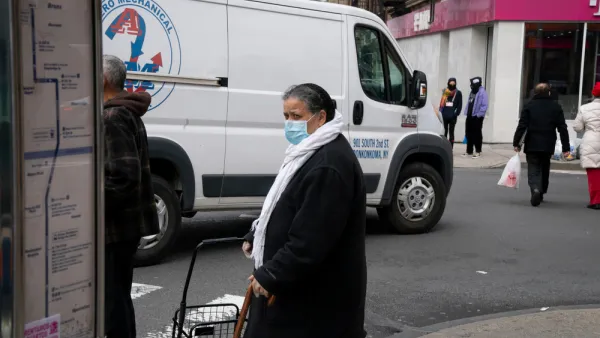The worsening housing crisis shows that we must develop comprehensive tools and programs to keep families housed and their assets preserved.

We must confront the connection between homeownership and inequality, and the centuries of systemic racism that have enabled it. The pandemic has put a spotlight on the connection between health and stable housing. The disparate impact of COVID-19 on Black and Latino families, who are more vulnerable to job and income disruptions, will result in waves of evictions and foreclosures. (This report paints a grim picture—it estimates that up to 22 million renters and 15 million homeowners are at risk.) The protests against police violence and discriminatory enforcement have mainstreamed an understanding that unequal treatment under the law has persisted. Much of that unequal treatment has been carried out through our housing policy and practice. Well-known is redlining, the practice in which, starting in the 1930s, the federal Home Owners’ Loan Corporation (HOLC) graded communities so that some were eligible for lower-cost, federally insured mortgages. Borrowers in other communities were excluded. The HOLC described entire communities in my hometown of Stamford, Connecticut, as “now given over to the city’s undesirable element.” In case there was any confusion, the official form included the percentage of residents who were “foreign-born” or “Negro,” and whether these percentages amounted to an “infiltration.” These practices poisoned the housing market, and their impacts remain with us today, in our community planning and in our political discourse.
Traditional redlining is just the best known of our intentional policies that discriminated against families of color; steering, predatory inclusion, exclusionary zoning, and appraisal and insurance redlining, among others, have also played a part. Those policies (and their legacies) aggravated and enforced segregation, tamped down home appreciation, and limited intergenerational transfers of wealth between Black families. Because of these policies, the homeownership gap between Black and white households remains where it was when Lyndon Johnson signed the Fair Housing Act in 1968. Today, 73 percent of white families are homeowners; just 44 percent of Black families own their homes.
Most Americans would reject ...
FULL STORY: This Moment Calls for Finally Making Homeownership Access Fair

National Parks Layoffs Will Cause Communities to Lose Billions
Thousands of essential park workers were laid off this week, just before the busy spring break season.

Retro-silient?: America’s First “Eco-burb,” The Woodlands Turns 50
A master-planned community north of Houston offers lessons on green infrastructure and resilient design, but falls short of its founder’s lofty affordability and walkability goals.

Delivering for America Plan Will Downgrade Mail Service in at Least 49.5 Percent of Zip Codes
Republican and Democrat lawmakers criticize the plan for its disproportionate negative impact on rural communities.

Test News Post 1
This is a summary

Test News Headline 46
Test for the image on the front page.

Balancing Bombs and Butterflies: How the National Guard Protects a Rare Species
The National Guard at Fort Indiantown Gap uses GIS technology and land management strategies to balance military training with conservation efforts, ensuring the survival of the rare eastern regal fritillary butterfly.
Urban Design for Planners 1: Software Tools
This six-course series explores essential urban design concepts using open source software and equips planners with the tools they need to participate fully in the urban design process.
Planning for Universal Design
Learn the tools for implementing Universal Design in planning regulations.
EMC Planning Group, Inc.
Planetizen
Planetizen
Mpact (formerly Rail~Volution)
Great Falls Development Authority, Inc.
HUDs Office of Policy Development and Research
NYU Wagner Graduate School of Public Service





























